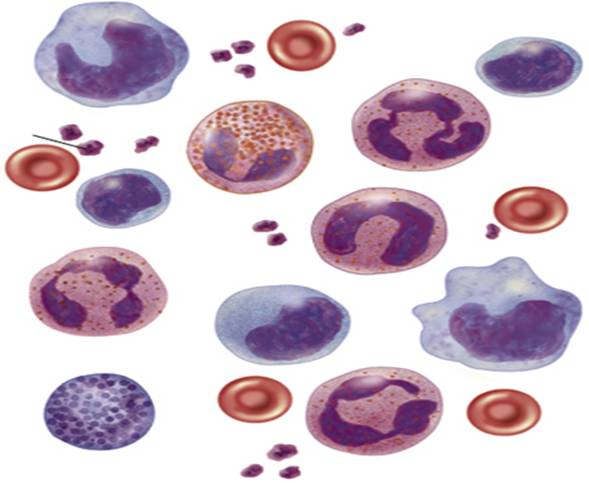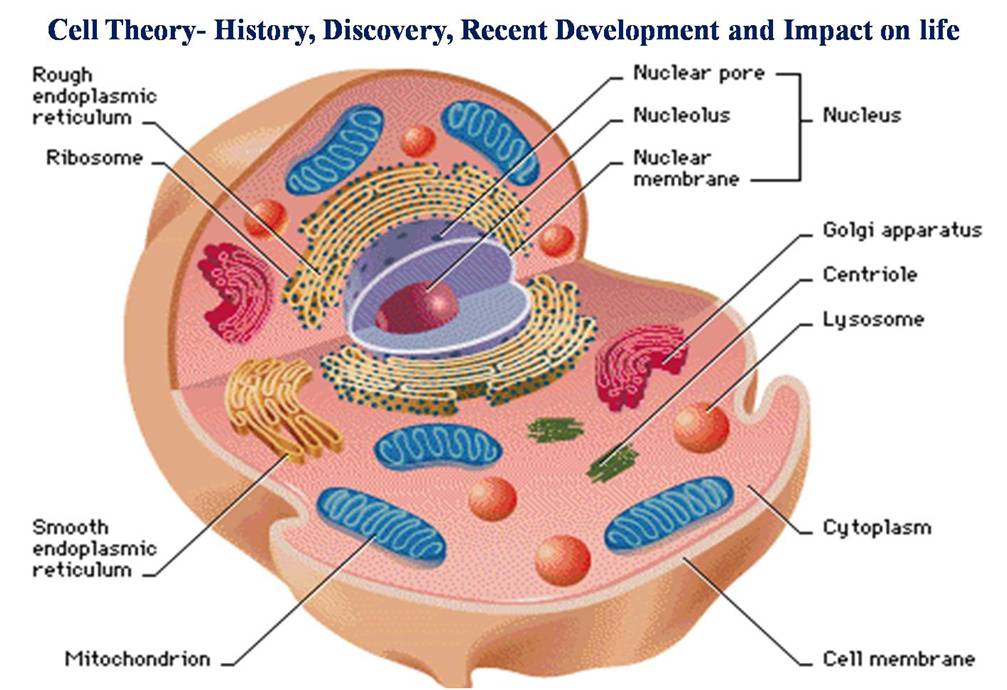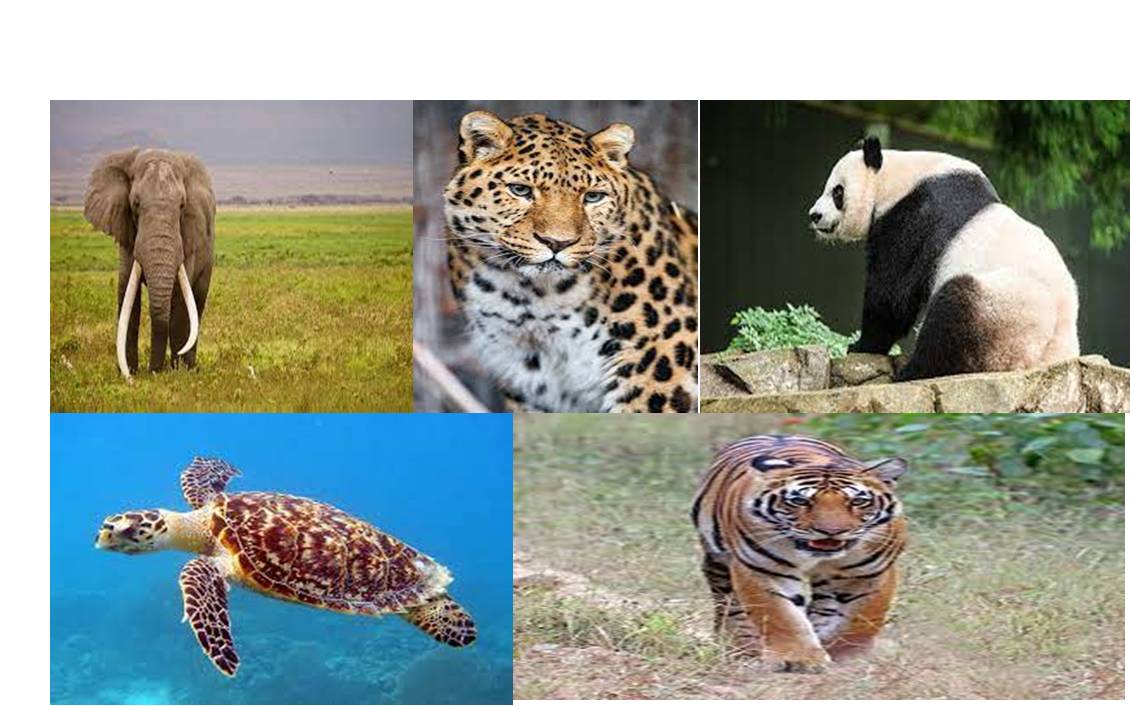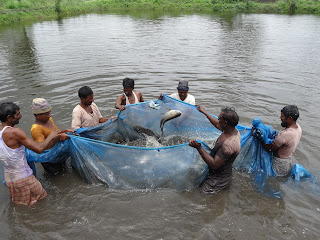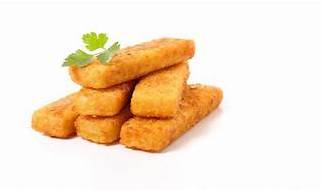Stocking Pond and Management: Stocking pond are the largest and measuring about an acre or more in area as 1.5 to 2.0 meters in depth. The stocking ponds should be cleaned before stocking of aquatic weeds and predatory fishes. Sufficient food is essential for good growth of fishes in these ponds hence because large number of fishes may not be able to feed properly due to lack. If the proper manuring should be done to increase the production of zooplankton of food material. The organic manuring cowdung is the best and it should be used at the rate of 20,000 to 25,000 kg/hectare/year. Along with the inorganic chemical fertilizers are also used viz., ammonium nitrate, super-phosphate and ammonium sulphate at the rate of 1,000 to 1,500 kg/hectare/year.
Besides the coconut, mustard, groundnut, powdered rice, paddy, oil cakes, etc. are commonly used as artificial food for the fishes. The artificial food used for the fishes should be easily digestible in natural form and economically suitable The best time for feeding the fishes is in the morning hours. The quality of food should not be changed suddenly. The amount of fertilizers used is totally dependent on the fertility of the soil, number of fishes and types of fishes being kept in the stocking ponds. When fishes attain maximum length and weight they should be harvested.
Management of Stocking ponds:
Management of a stocking pond involves various tasks and considerations to maintain a healthy and productive aquatic environment. Here are some key aspects to consider:
Pond Design and Construction: Ensure the pond is designed and constructed correctly. Consider factors such as size, depth, shape, and water source. Adequate aeration and drainage systems should be in place.
Water Quality: Regularly monitor and maintain good water quality parameters. Test for pH, temperature, dissolved oxygen, ammonia, nitrites, and nitrates. Proper water quality promotes fish health and growth.
Stocking Plan: Determine the species of fish you want to stock based on your goals and the pond’s characteristics. Consider factors such as water temperature, depth, and available food sources. Consult with local fisheries experts to select appropriate fish species.
Stocking Rates: Avoid overstocking, as it can lead to poor water quality and stunted fish growth. Follow recommended stocking rates based on the size and productivity of your pond. Stocking rates may vary depending on the species you choose.
Fish Health Management: Regularly inspect the fish for signs of disease or stress. Implement a proper feeding regimen to provide adequate nutrition. If you observe any health issues, seek advice from a fisheries professional to diagnose and treat the problem.
Vegetation and Habitat Management: Maintain a balance between aquatic vegetation and open water. Excessive vegetation can cause oxygen depletion, while limited vegetation reduces natural food sources and cover for fish. Control invasive plants and periodically remove excess vegetation.
Predator Control: Control the population of predators that may harm stocked fish. Use techniques such as stocking predator fish, installing protective structures, or implementing fish shelters to provide refuge for smaller fish.
Harvesting and Population Control: Monitor the fish population regularly to ensure it remains within sustainable limits. Implement selective harvesting to remove excess fish and maintain a balanced population. Adjust stocking rates if necessary.
Record Keeping: Maintain records of stocking dates, species, sizes, and stocking rates. Keep track of water quality parameters, fish growth rates, and any notable observations. This information helps evaluate the success of your stocking efforts and plan for future management.
Read more:
Continuous Monitoring and Adaptation: Regularly assess the overall condition of the pond and make necessary adjustments based on observations. Stay informed about new research, techniques, and best practices in pond management to continually improve the stocking pond’s health and productivity.
Harvesting is done to capture the fishes from the water resources. The well grown or adult fishes are fishing out for marketing and smaller ones are again released into stocking ponds for their proper growth. In highly organised and well planned fish farming the fishes below a particular size are not generally captured.


